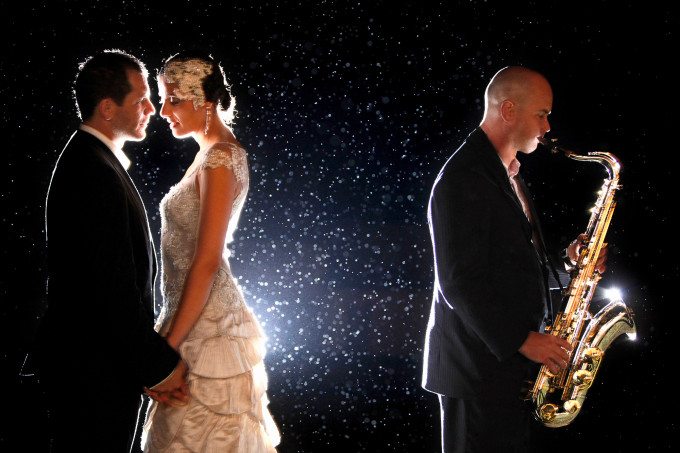Jerry Ghionis is a renowned wedding photographer–and the Australian native splits his time between Melbourne and Beverly Hills. Besides being one of WPPI’s most-awarded photographers, his gigs have taken him all over the world. What follows is an interview with Ghionis on his photography and his approach to the craft.
Editor’s Note: He’s currently traveling across the U.S. on his “How to Wow” tour. For more information, go here.
Phoblographer: Was there a particularly challenging shoot that you’ve done, and if so, what did you do to overcome the obstacles?
Jerry: I was hired to do my first destination wedding in 2001 and I had the Hasselblad XPan with me but I had never photographed with it before. I left my regular camera in the limo that had picked me up to go to the bride’s home and the limo driver left and stole my gear. I was forced to photograph the enter wedding completely on the Hasselblad XPan, a rangefinder camera. It also started raining profusely so I had to keep photographing in and out of doors and while I had a flash, I didn’t have a sync cord because that was in my bag that had been stolen. I also had no tripod which had also been stolen. So after spending a day gritting my teeth and smiling to hide my anxiety, the day culminated in my photographing the couple at night in front of Big Ben across the River Thames. I had borrowed a tripod by that point and I set up a beautiful panoramic view of Westminster Palace. As I made my final adjustments, the bells of Big Ben rang signifying the stroke ofmidnight and as I walked back to my tripod and turned around, all of the lights on Big Ben and on Westminster Palace turned off. Just when I finally thought I was on top after this ridiculously trying day, and after I had travelled all the way to London from Australia with this one shot in mind…all of the lights turned off before I could get it. I ended up using it to my advantage and making that image look quite gothic and beautifully romantic so in the end, that situation had a positive ending.
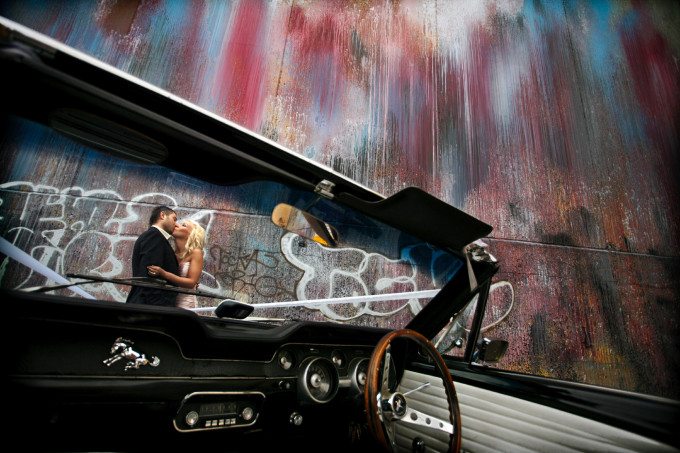
Phoblographer: What are some common mistakes you’ve noticed among the people you’ve taught?
Jerry: There a couple of things that I’ve noticed throughout the years especially from newer photographers in the industry. Success in wedding photography and especially in performing on the wedding day is more about your communication skills and your listening skills and knowing how to read people. That will go a long way in making you a great photographer rather than focusing on how technically brilliant you are. The ability to have an endearing and attractive personality and the ability to work under pressure while still being technically proficient is especially important. You almost need to be like a chameleon. In the sense that you need to know how to be relaxed and more down to earth at a casual wedding and at the same time be able to carry yourself professionally when you’re at a high society wedding.
I also believe that assisting at weddings is the best training for any photographer. At the very first wedding that I assisted, I probably learned more than in all of the time I spent in school. And that was because I was getting on the job, real world training. At that first wedding I was taught about the direction of light, how to use flash, interacting with clients, working under pressure, working under time constraints. I literally just carried bags and assisted a photographer for a year and half with no pay while I was working at a camera store selling cameras. I did all of that just so I could be involved in the industry. And that’s because when you’re photographing a wedding, you’re actually shooting much more than that. You’re shooting a wedding, portraits and fashion, you’re shooting photojournalistically, shooting product (all the details that you need to document), landscape, etc. So you’re photographing in all these different genres and under time constraints, weather constraints, different cultures and dealing with different personalities, so I truly believe that a really good wedding photographer can pretty much shoot in any genre. Artistically, don’t be safe or stay in your comfort zone by going to “pose number 23 in location number 37”. Comfort zones have never been synonymous with artistic expression.
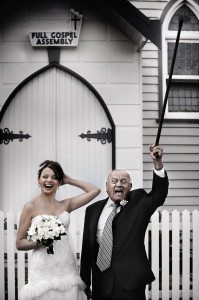
I encourage new photographers to be as passionate about their business as they are about their photography. Consider yourself a businessperson first who happens to be a photographer. As a business owner ask yourself, “Am I working in my business or on my business?” Surround yourself with great people – your studio is only four walls without good staff. Stop being a control freak and get some help. Educate yourself. Seminar and workshops can literally change your life. After all, knowledge is power. Don’t be too precious about the work.
When it comes to marketing your new business, you should work on marketing that costs you nothing by first asking your clients and vendors for referrals and maximizing relationships with people who can help you. Also, try a same day slide show at the reception. It’s the best direct marketing you will ever do and you can also charge good money for it. If you are going to invest in advertising, don’t think about the advertising dollars you are parting with and think instead about the return. Whenever an advertising opportunity presents itself ask yourself, “Is there a better way I can spend this money?” And finally, don’t forget to consider yourself a brand. Build it and they will come.
One of my favorite mantras has always been that I don’t focus on being the best; I just focus on being better than last week. I believe this is one of the keys to being successful and consistently creating beautiful images. By doing that, you become the best that you can be – you realize your own potential.
Phoblographer: With all of the photographs I’ve seen of yours, 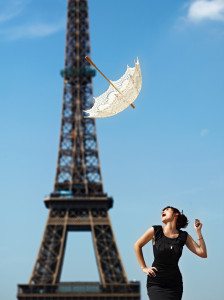 it looks as if you could find these images in the pages of a magazine. How did you develop your style?
it looks as if you could find these images in the pages of a magazine. How did you develop your style?
Jerry: My style can be described as being very glamorous and natural at the same time. My images tend to have the finesse of a pose with the natural feel of a candid image. I place a big emphasis on the story telling aspect of the day, as well as shooting with empathy for more striking and powerful images. But in addition to that, I also make sure that I never leave a wedding without creating several “wow” shots. I certainly focus on the glamour and the beauty of the people and the wedding itself. But I focus on that as much as on the story of the day as well. I believe in not only capturing natural magic as it’s happening, but creating magic of my own, too.
Phoblographer: What inspired the mantra “You don’t have to be the best. You just have to be better than last week.”?
Jerry: I feel that I have nothing to prove to anyone other than myself. And by thinking that way, you become the best that you can be – you realize your own potential. An important key to success is consistency, which then proves longevity. I’ve always wanted to be around for a very long time and not become a one hit wonder.
Phoblographer: What is the best investment a fledgling wedding photographer can make?
Jerry: I strongly believe that education is vitally important to a photographer, though. For some that may mean a dedicated photography course. But whether it is a school, seminars or workshops, the key is to educate yourself. Seminars and workshops can literally change your life. After all, knowledge is power.
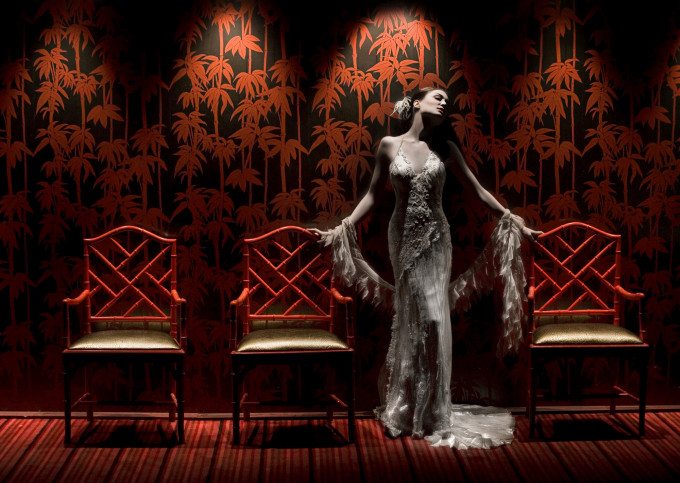
Phoblographer: What’s the best piece of advice you can give to new wedding photographers?
Jerry: Success in wedding photography and especially in performing on the wedding day is more about your communication skills and your listening skills and knowing how to read people. That will go a long way in making you a great photographer rather than focusing on how technically brilliant you are. The ability to have an endearing and attractive personality and the ability to work under pressure while still being technically proficient is especially important. You almost need to be like a chameleon. In the sense that you need to know how to be relaxed and more down to earth at a casual wedding and at the same time be able to carry yourself professionally when you’re at a high society wedding.


